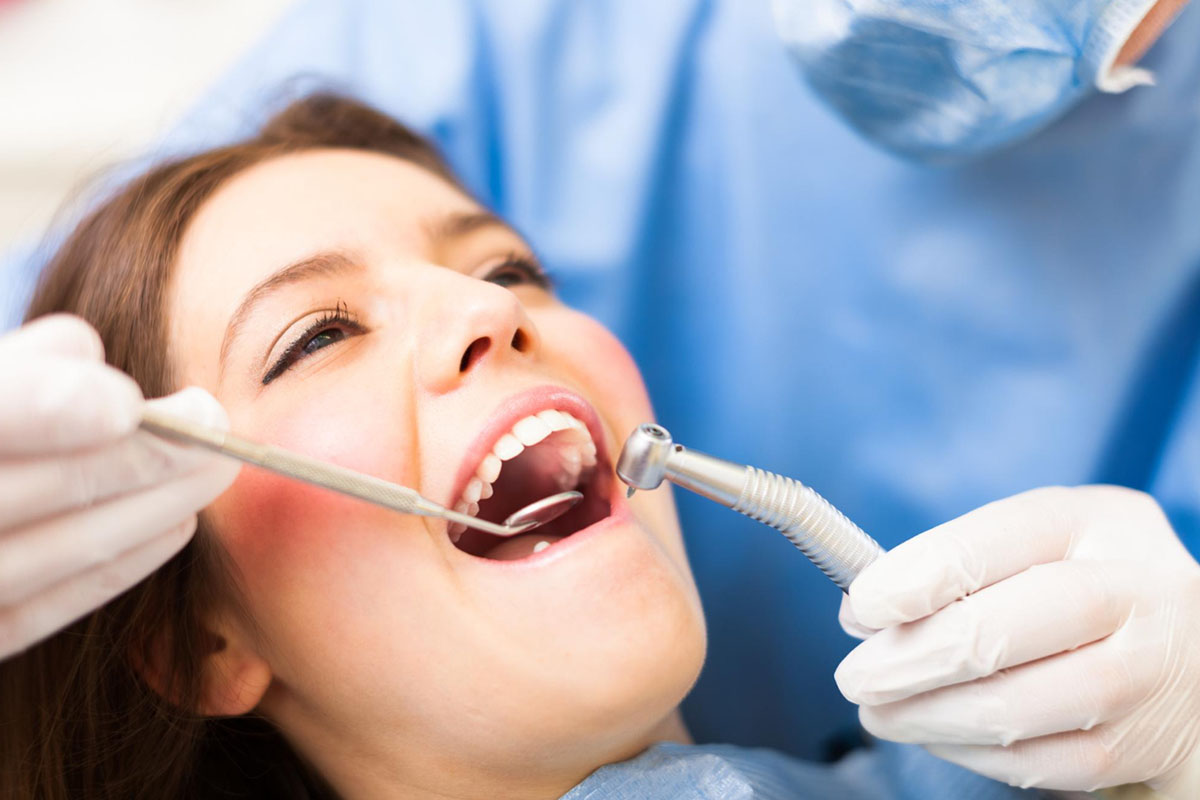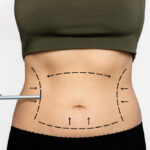Reasons for Tooth Extraction
Tooth Extraction is a common dental procedure that many people undergo for various reasons. Whether it’s due to decay, damage, or to make room for other dental treatments, understanding the process can help alleviate anxiety and ensure a smoother experience. This comprehensive guide will walk you through what to expect during a Tooth Extraction, including preparation, the procedure itself, and recovery. Tooth Extraction is often necessary for several reasons. Severe tooth decay, infection, or damage that cannot be repaired may require removal. Additionally, extractions are sometimes needed to prepare for orthodontic treatments, such as braces, or to make room for a Dental Implant. Understanding why an extraction is necessary can help you prepare mentally and emotionally for the procedure.
Preparing for the Extraction
Before the Tooth Extraction procedure, your dentist will conduct a thorough examination, including X-rays, to assess the condition of your tooth and surrounding bone. You will discuss your medical history, any medications you are taking, and potential risks or complications. This preparation ensures that the extraction is safe and that you are fully informed about the process.

Types of Tooth Extraction
Simple Extraction
A simple Tooth Extraction is performed on a tooth that is visible in the mouth. It involves loosening the tooth with an elevator and removing it with forceps. This procedure is usually straightforward and performed under local anesthesia.
Surgical Extraction
A surgical Tooth Extraction is more complex and may be necessary for impacted teeth or teeth that have broken off at the gum line. This procedure involves making an incision in the gum to access the tooth and may require removing some bone around it. Surgical extractions are typically performed under local anesthesia with sedation.
The Extraction Procedure
On the day of your Tooth Extraction, you will be administered anesthesia to numb the area and minimize discomfort. Your dentist or oral surgeon will then perform the extraction using the appropriate method (simple or surgical). The entire procedure typically takes between 20 minutes to an hour, depending on the complexity.
Immediate Post-Extraction Care
After the Tooth Extraction, you will be given gauze to bite down on to control bleeding and help form a blood clot in the socket. It’s essential to follow your dentist’s instructions carefully, which may include avoiding rinsing, spitting, or using a straw for the first 24 hours to prevent dislodging the clot.
Managing Pain and Swelling
Pain and swelling are common after a Tooth Extraction. Your dentist will prescribe pain relievers or recommend over-the-counter medications to manage discomfort. Applying an ice pack to the affected area can help reduce swelling. Follow your dentist’s instructions on medication and care to ensure a smooth recovery.
Dietary Recommendations
Following a Tooth Extraction, it’s crucial to stick to a soft food diet to avoid irritating the extraction site. Foods like yogurt, applesauce, mashed potatoes, and smoothies are excellent choices. Avoid hot, spicy, and crunchy foods until your dentist advises that it’s safe to resume your regular diet.

Long-Term Care and Follow-Up
Proper long-term care after a Tooth Extraction is essential for healing and preventing complications. Continue practicing good oral hygiene, but be gentle around the extraction site. Attend follow-up appointments with your dentist to monitor the healing process and discuss any additional treatments, such as Dental Implants or Zirconium Crowns.
Conclusion
Understanding what to expect during a Tooth Extraction can help ease anxiety and ensure you are well-prepared for the procedure. From preparation and the extraction process to post-operative care and long-term maintenance, knowing each step can lead to a smoother and more comfortable experience. Always follow your dentist’s instructions and attend follow-up appointments to ensure proper healing and address any concerns promptly.
FAQ
- What is a Tooth Extraction?
- Tooth Extraction is the removal of a tooth from its socket in the bone, typically due to decay, damage, or to make room for other dental treatments.
- Why would I need a Tooth Extraction?
- Reasons include severe decay, infection, damage that cannot be repaired, or preparation for treatments like Dental Implants.
- What is the difference between a simple and surgical Tooth Extraction?
- A simple extraction involves removing a visible tooth, while a surgical extraction is more complex and may require incisions and bone removal.
- How do I prepare for a Tooth Extraction?
- Preparation includes a thorough dental examination, discussing your medical history, and understanding the risks and procedure details.
- What should I expect during the procedure?
- You will receive anesthesia to numb the area, and the dentist will use the appropriate method to remove the tooth. The procedure typically takes 20 minutes to an hour.
- How do I care for the extraction site immediately after the procedure?
- Bite down on gauze to control bleeding, avoid rinsing or using a straw, and follow your dentist’s specific instructions for care.
- How can I manage pain and swelling after a Tooth Extraction?
- Use prescribed or over-the-counter pain relievers, apply ice packs to reduce swelling, and follow your dentist’s guidelines.
- What foods should I eat after a Tooth Extraction?
- Stick to a soft food diet, including yogurt, applesauce, mashed potatoes, and smoothies, and avoid hot, spicy, and crunchy foods.
- What are the long-term care recommendations?
- Maintain good oral hygiene, be gentle around the extraction site, and attend follow-up appointments with your dentist.
- Can I get a Dental Implant after a Tooth Extraction?
- Yes, after the extraction site has healed, you can discuss options for Dental Implants or other restorative treatments like Zirconium Crowns with your dentist.












